wikiHow is a “wiki,” similar to Wikipedia, which means that many of our articles are co-written by multiple authors. To create this article, 20 people, some anonymous, worked to edit and improve it over time.
This article has been viewed 191,751 times.
Learn more...
The layout and design of a commercial kitchen will have a significant influence on the functionality and the potential success of any food service operation. Careful planning and research is required in order to ensure cost efficiency and avoid cost overruns. This article provides a comprehensive list of the equipment needed to design a profitable commercial food service operation.
Steps
Purchase and Install Refrigeration
-
1Purchase and install a walk-in cooling unit. A walk-in cooling unit is a cold storage room designed to maintain the standard refrigeration temperature of 28 to 40 °F (-2 to 4 °C). Although some small food service operations may not require a walk-in cooler, the majority of commercial operations will. Walk-in coolers can be custom built to fit any location. Speak to several HVAC contractors and refrigeration specialists to get the best bid.[1]
-
2Purchase an industrial freezer. Commercial kitchen operations typically require freezer space. Commercial freezer units are usually categorized by the number of doors. Purchase a single, double or triple-door freezer, depending on the size and scope of your food service operation.
- Different models of industrial freezers, like chest freezers and display freezers, are available on the market. Choose the best one according to your needs. If you want to store a lot of meat and food items like that, a chest freezer should be a good option. But if you want to store foods like cakes or cheese, an upright display freezer would be the right fit.
Advertisement -
3Purchase a refrigerated line station and supplemental refrigeration units. Adequate refrigeration is a necessity in the commercial kitchen. Food service workers need to keep prepared foods cool prior to preparation and service. A refrigerated line station will be required for the majority of commercial operations.
Purchase and Install Cooking Equipment
-
1Purchase and install an industrial range hood and H-VAC ventilation system. Any commercial operation that prepares food over an open flame, such as a stove top or a broiler, is required to have a range-hood and ventilation system installed. The range hood sits over the top of stove-tops and broilers, and uses fans to pull carcinogenic materials and heat through carbon filters up and out of the building. A range hood can be custom built to fit any location.[2]
-
2Purchase or lease a broiler, a gas range and oven, and an industrial salamander. A broiler or an open flame grill is primarily used to cook grilled meats. Commercial broiling units come in many sizes.
- Lease or purchase a combination gas range and oven unit. These units, which are standard equipment in the majority of commercial food service operations, are available in multiple sizes and are typically categorized by the number of burners.
- Consider purchasing or leasing a salamander. A salamander typically sits over the range burners and is primarily used to keep plated foods hot prior to service.[3]
-
3Purchase optional equipment depending on the type and the size of the food service operation. Some commercial kitchens will need to purchase or lease additional items, such as a deep fat fryer, a flat grill or a convection oven.
Purchase Food Preparation Stations and Small Wares
-
1Purchase prep tables and approved cutting surfaces for food preparation. Stainless steel prep tables[4] come in several sizes, and are essential in the commercial kitchen. Plastic cutting boards can be cut to fit any size table.
-
2Purchase specialty equipment as needed. Specialty equipment may include meat slicers, food processors or industrial-size mixers.
Purchase and Install Fire, Safety and Sanitation Equipment
-
1Install a sprinkler system and fire extinguishers as required by local fire department regulations. Check with local industrial fire suppression system installers for price quotes.
-
2Install a triple-sink wash station and commercial dish washing unit. Municipal health department authorities typically require a commercial kitchen to have triple-sink wash station and commercial dish washing unit installed.
Community Q&A
-
QuestionFor a home cooking class, do I need a sprinkler system or fire extension?
 Community AnswerAdditionally, fire suppression will be dictated by your local fire codes. Generally speaking they have standards per your application, occupancy, and square footage. If your application includes any open flames, pilot lights, or fryers, you likely will need a hood ventilation system as well as fresh air return. Check with your local fire departments and get help from fire suppression contractors. They generally will consult and estimate costs for free.
Community AnswerAdditionally, fire suppression will be dictated by your local fire codes. Generally speaking they have standards per your application, occupancy, and square footage. If your application includes any open flames, pilot lights, or fryers, you likely will need a hood ventilation system as well as fresh air return. Check with your local fire departments and get help from fire suppression contractors. They generally will consult and estimate costs for free. -
QuestionIf serving a hot meal to a large number of people, how do I ensure that it is served hot?
 Ravenwolf123Community AnswerTo ensure that the food you are serving to a large group of people is hot, try to wait until everything is ready to go before plating your food. Then place metal domes over the plates or other serving dishes to keep the heat in.
Ravenwolf123Community AnswerTo ensure that the food you are serving to a large group of people is hot, try to wait until everything is ready to go before plating your food. Then place metal domes over the plates or other serving dishes to keep the heat in. -
QuestionCan I have three sinks set to drain to the same faucet? home class 4 kitchen need sprinkler system or fire extension
 Community AnswerYour three sink wash/sanitation system can be separate sinks or attached with one common faucet. All need to have direct access to both hot and cold flowing water. State, Provencal, or otherwise local health codes vary slightly on this.
Community AnswerYour three sink wash/sanitation system can be separate sinks or attached with one common faucet. All need to have direct access to both hot and cold flowing water. State, Provencal, or otherwise local health codes vary slightly on this.
References
- ↑ https://lifehacker.com/what-temperature-should-you-keep-your-refrigerator-set-533534221
- ↑ https://bizfluent.com/list-7248273-code-commercial-stove-hood-installation.html
- ↑ https://www.bluestarcooking.com/creating-ultimate-chefs-kitchen-salamander-broiler/
- ↑ https://www.webstaurantstore.com/guide/542/how-to-clean-stainless-steel.html
About This Article
To set up your commercial kitchen, purchase and install a walk-in fridge for most of your food, and get some storage shelves for other dry goods. For cooking equipment, purchase and install a broiler, a gas range and oven, or an industrial salamander. If you're short on cash, you can try leasing this equipment instead. Don't forget to install a proper H-VAC ventilation system for your new kitchen to prevent heat buildup or fire. For more business tips, like what safety equipment you'll need in your kitchen, read on!
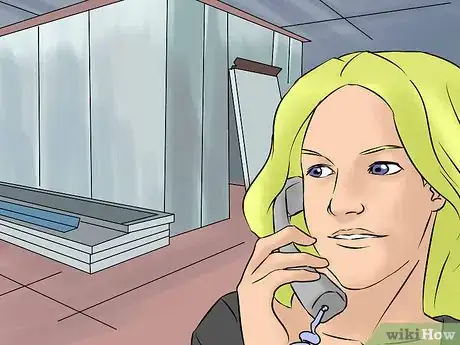
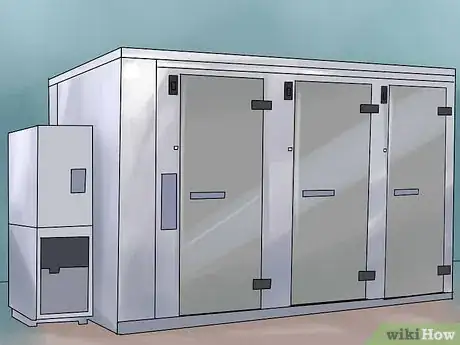
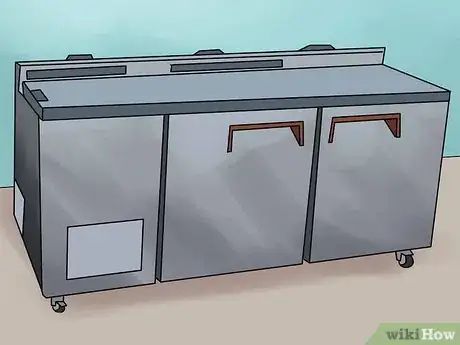
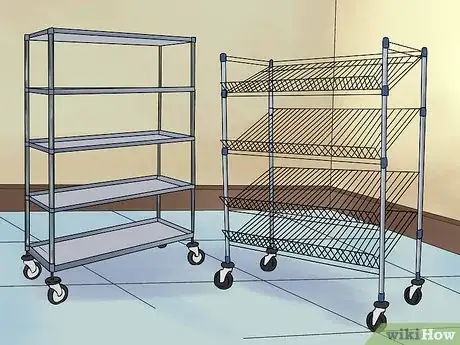
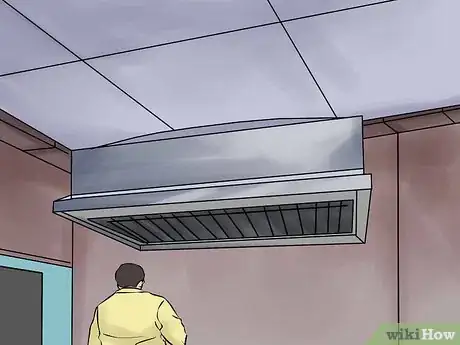
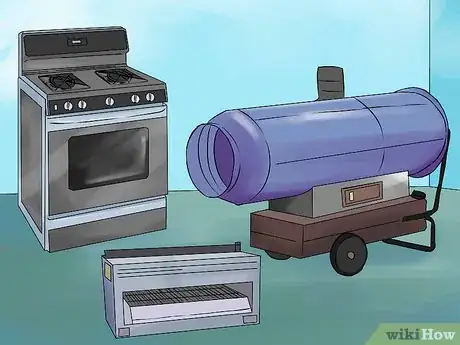
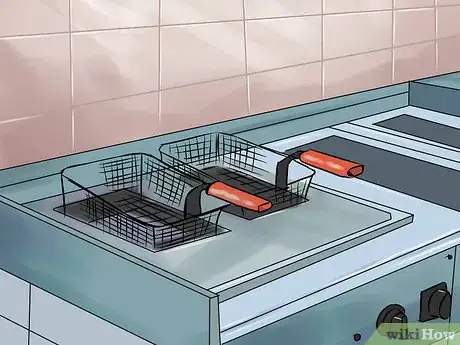
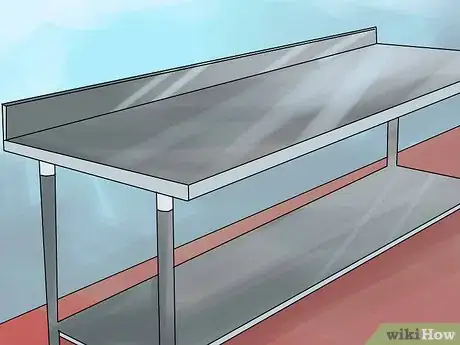
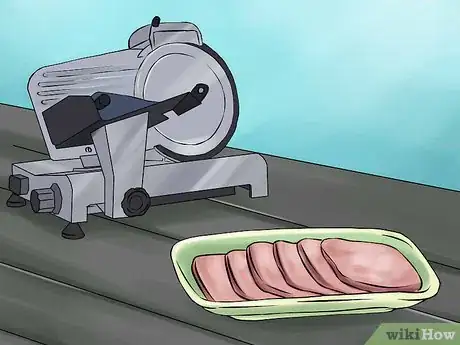
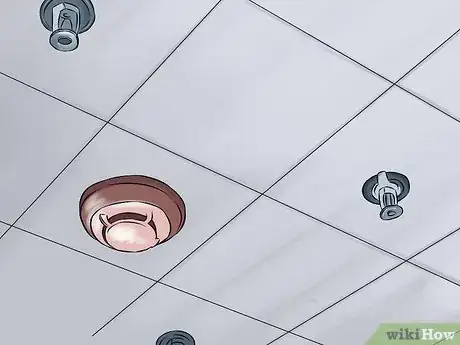
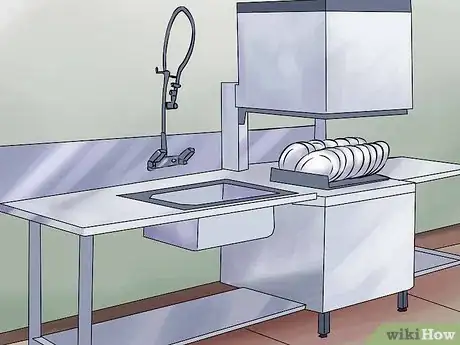

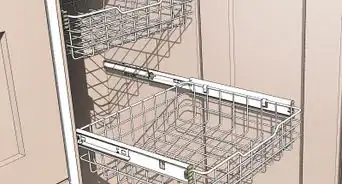
-Step-6.webp)

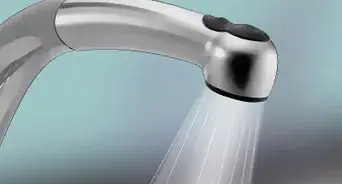
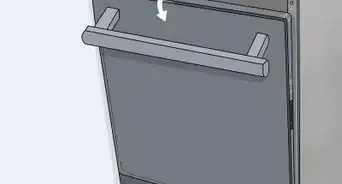

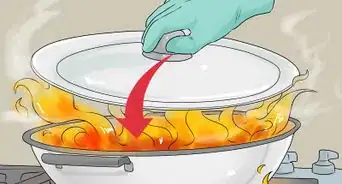
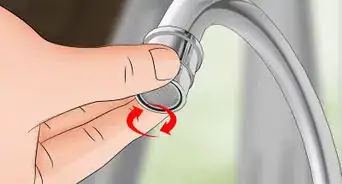

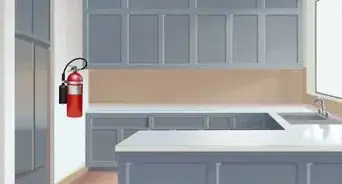







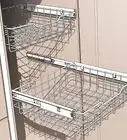
-Step-6.webp)



































